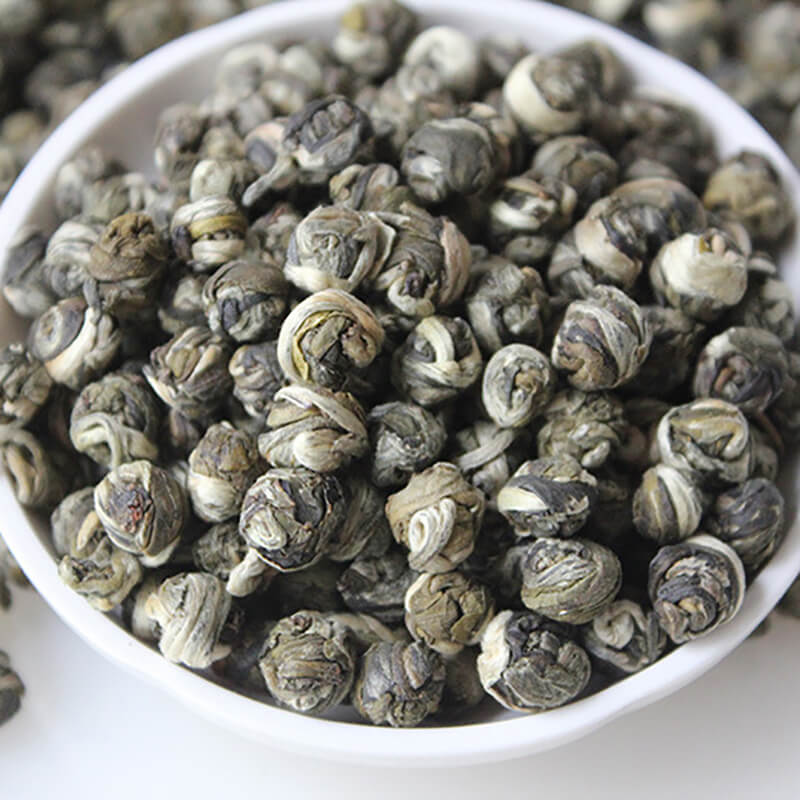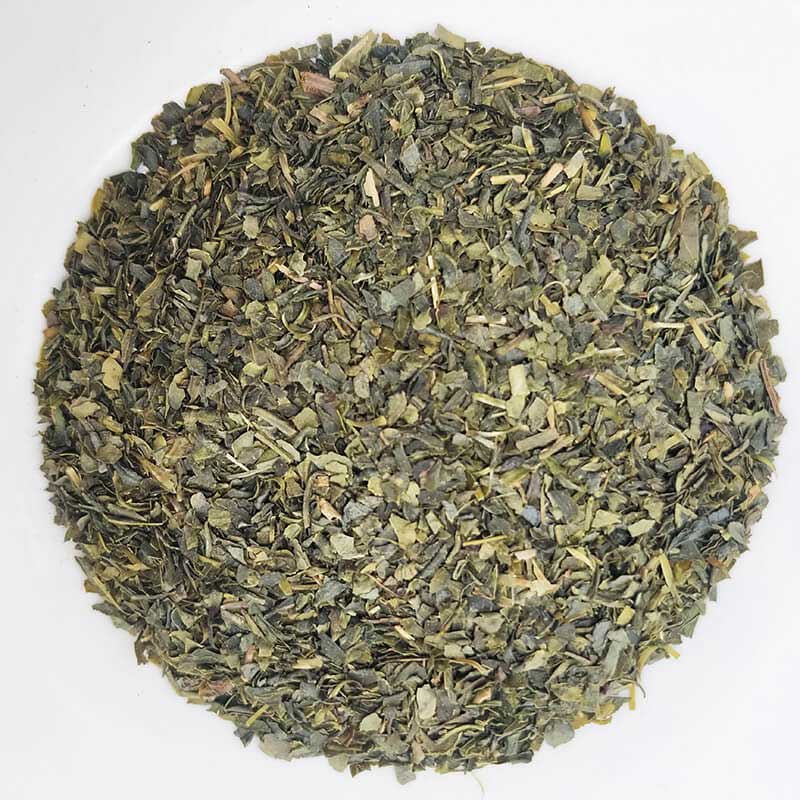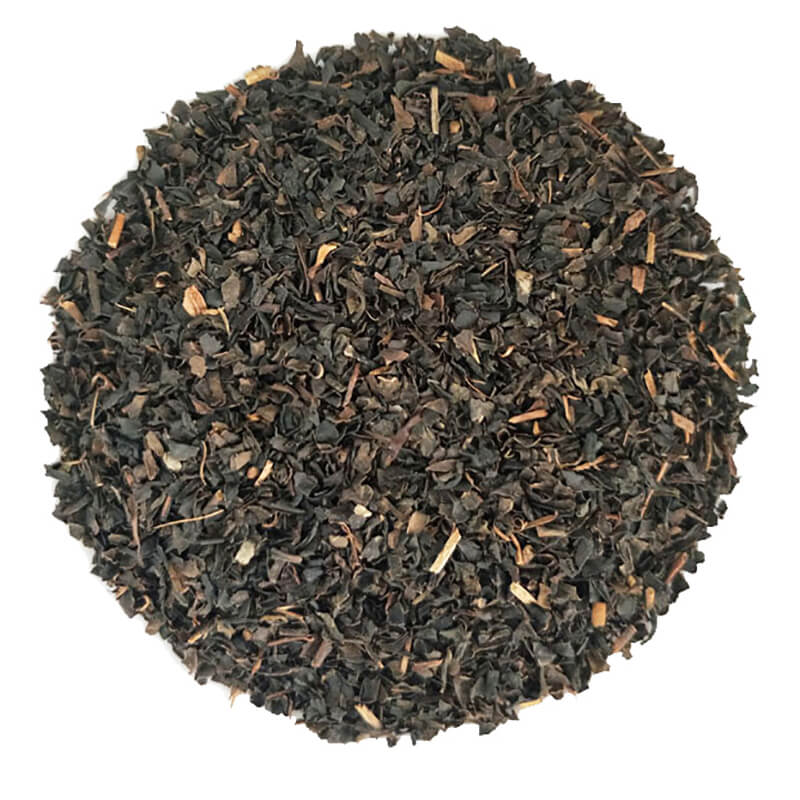Green and black teas are among the most popular types of tea globally.
They are favored due to their unique taste and processing techniques. However, when faced with a choice, which one should we choose?
In China, tea is not just a beverage; it is a culture, an art of living. This is not just a question of taste, but also a topic about health and culture.
Firstly, we will examine the processing techniques of green and black teas. The production process of green tea is relatively simple, involving the killing of enzymes, rolling and drying. The killing of enzymes is a crucial step in the production of green tea, as it quickly destroys the enzymes in the tea leaves at high temperatures, preserving the green colour and removing the grassy taste, forming the unique aroma of green tea. The production of black tea is more complex, involving steps such as wilting, rolling, fermentation, and drying. It is the fermentation process, specifically, that allows the tea leaves to undergo oxidation under appropriate temperature and humidity conditions, turning the leaves from green to reddish-brown and developing the characteristic aroma and taste of black tea.
Next, we will examine the ten health benefits of green and black teas. Both teas are rich in tea polyphenols and caffeine, which have stimulating effects. Green tea, in addition, is rich in vitamin C and chlorophyll, helping to clear heat, detoxify, and quench thirst. Black tea, on the other hand, contains proteins and flavonoids, which warm the stomach and promote appetite. Furthermore, green tea helps to lower cholesterol and prevent cardiovascular diseases, while black tea reduces the risk of myocardial infarction. Both teas offer antioxidant and anti-aging benefits, contributing to overall health and well-being.
However, despite the numerous health benefits of green and black teas, Chinese and foreign consumers have different attitudes towards them. In China, green tea is widely consumed due to its refreshing taste and rich nutrients. Although black tea has a long history in China, its popularity is relatively low. In contrast, in Western countries, black tea is a highly popular beverage. The British, for instance, have a particular fondness for black tea, considering it a way of life. In other Asian countries like Japan and Korea, green tea is more preferred. This difference stems from both historical and cultural factors as well as consumer preferences. In China, tea culture has a long history, and green tea, as one of the earliest tea types, has always been considered a representative of tea culture. Black tea, though with a long history in China, does not quite match the Chinese taste preference for a lighter flavour. In Western countries, the popularity of black tea is closely related to their dietary culture and lifestyle. They often enjoy black tea with milk, sugar, and other flavourings, forming a unique afternoon tea culture.

Both green and black teas have their unique charm and health benefits. The choice of which tea to drink depends more on personal taste preferences and cultural backgrounds. In China, green tea is widely consumed for its refreshing taste and rich nutrients, while in Western countries, black tea is highly prized for its unique taste and cultural connotations. Regardless of the type, moderate consumption of tea can bring health benefits to the body. Therefore, it is not necessary to choose between different types of tea; rather, consumers should choose the tea beverage that suits them best based on their own tastes and cultural backgrounds.












